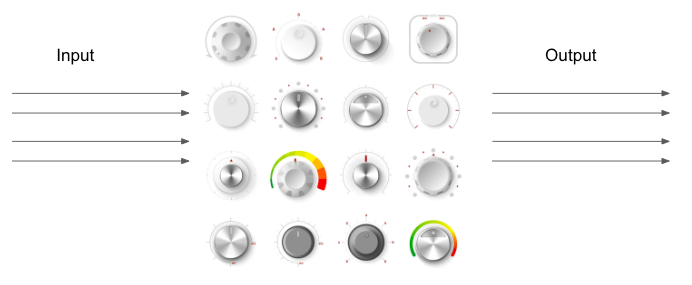In a world where technology constantly pushes the boundaries of human imagination, one phenomenon stands out: ChatGPT. You’ve probably experienced its magic, admired how it can chat meaningfully, and maybe even wondered how it all works inside. ChatGPT is more than just a program; it’s a gateway to the realms of artificial intelligence, showcasing the amazing progress we’ve made in machine learning.
At its core, ChatGPT is built on a technology called Generative Pre-trained Transformer (GPT). But what does that really mean? Let’s understand in this blog.
In this blog, we’ll explore the fundamentals of machine learning, including how machines generate words. We’ll delve into the transformer architecture and its attention mechanisms. Then, we’ll demystify GPT and its role in AI. Finally, we’ll embark on coding our own GPT from scratch, bridging theory and practice in artificial intelligence.
How does Machine learn?
Imagine a network of interconnected knobs—this is a neural network, inspired by our own brains. In this network, information flows through nodes, just like thoughts in our minds. Each node processes information and passes it along to the next, making decisions as it goes.
Each knob represents a neuron, a fundamental unit of processing. As information flows through this network, these neurons spring to action, analyzing, interpreting, and transmitting data. It’s similar to how thoughts travel through your mind—constantly interacting and influencing one another to form a coherent understanding of the world around you. In a neural network, these interactions pave the way for learning, adaptation, and intelligent decision-making, mirroring the complex dynamics of the human mind in the digital realm.

